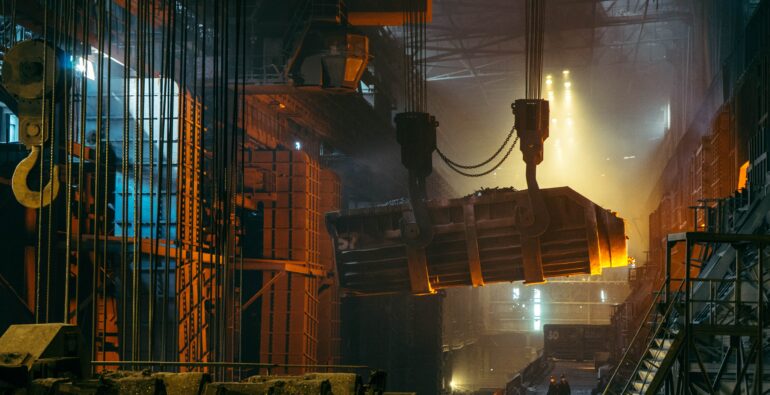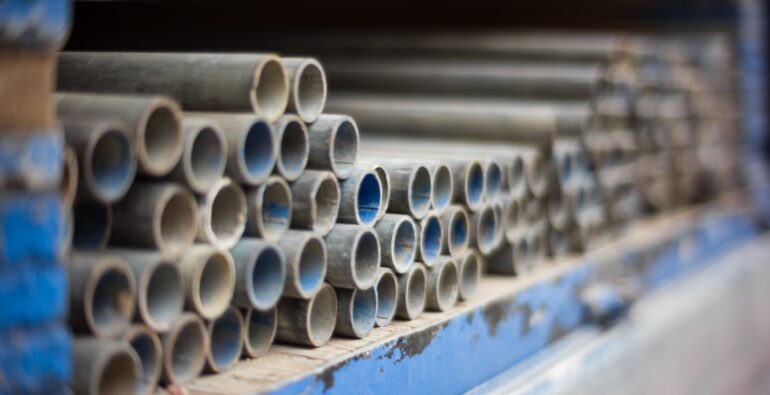THE obituary of the Trans-Pacific Partnership (TPP) was widely written when Donald Trump pulled America out of the 12-country free-trade deal on the third day of his presidency. Yet, a year later and against all the apparent odds, the pact lives on. On January 23rd its remaining 11 members met in Tokyo to thrash out the final details of pressing ahead regardless. The plan is to sign a final agreement in March, to come into force in 2019. It will be one of the world’s most exacting trade pacts, measured by openness to investment from other members, the protection of patents and environmental safeguards.
The pact’s resurrection is one of the more unlikely events in a year of surprises. After all, America accounted for almost two-thirds of the original bloc’s $28trn in annual output. Access to the vast American market was what made other members readier to open up their own. Moreover, Mr Trump’s retreat had sent a dismal message about the prospects of the open, rules-based order that America had underwritten. The Asia-Pacific region had benefited more than any from that order in recent decades—yet Mr Trump was declaring multilateralism dead and signalling an intention to raise barriers to trade. Soon afterwards, he ordered South Korea to renegotiate its free-trade agreement with America. And this week he imposed punitive tariffs on imported washing machines and solar panels, aimed at South Korean and Chinese manufacturers
Fuente: The Economist

 EN
EN ES
ES EU
EU


